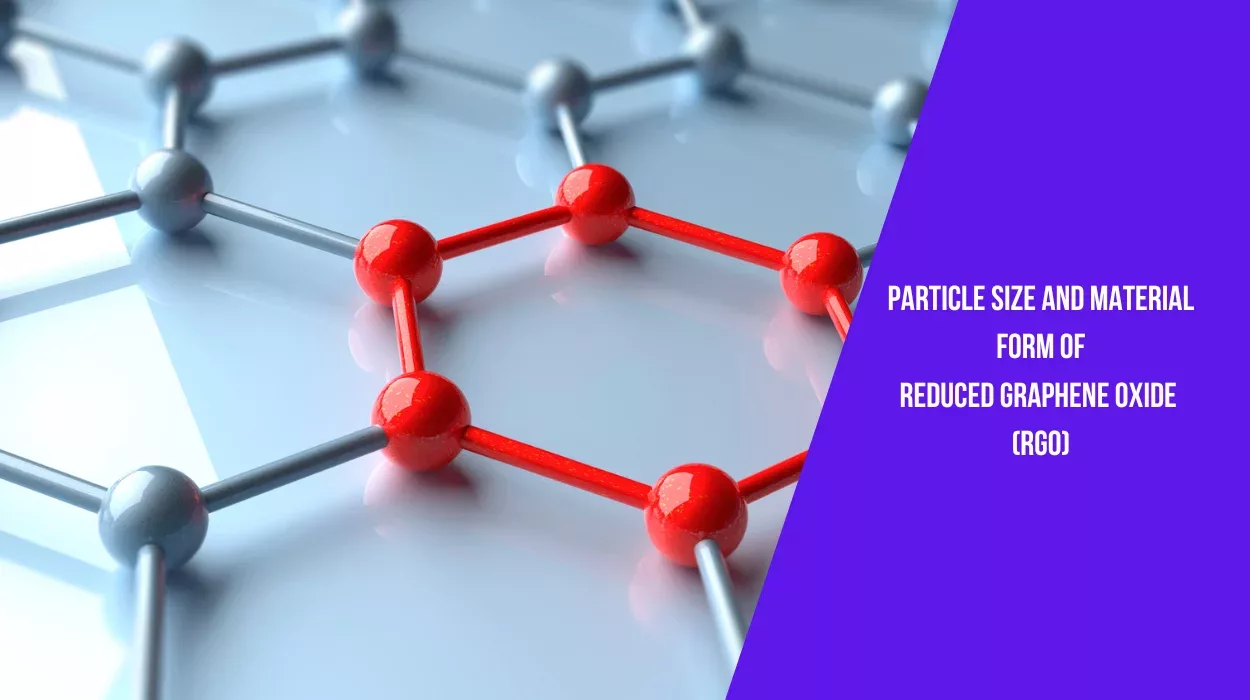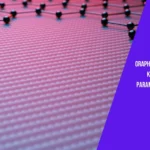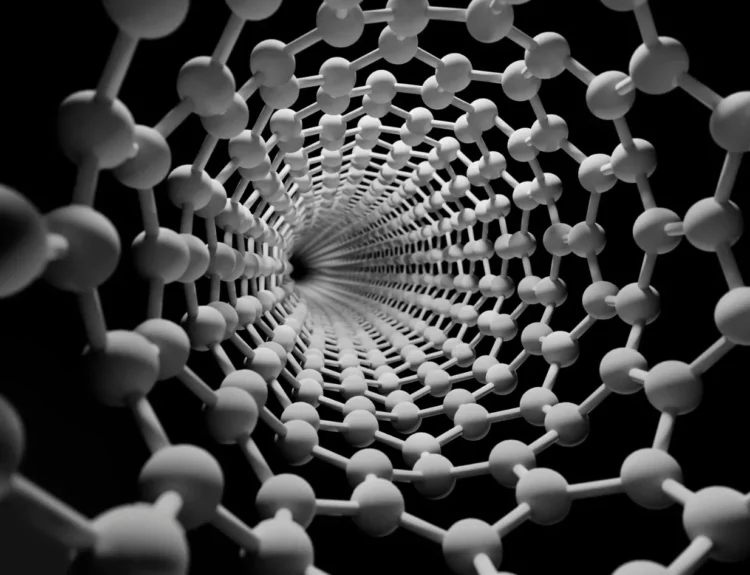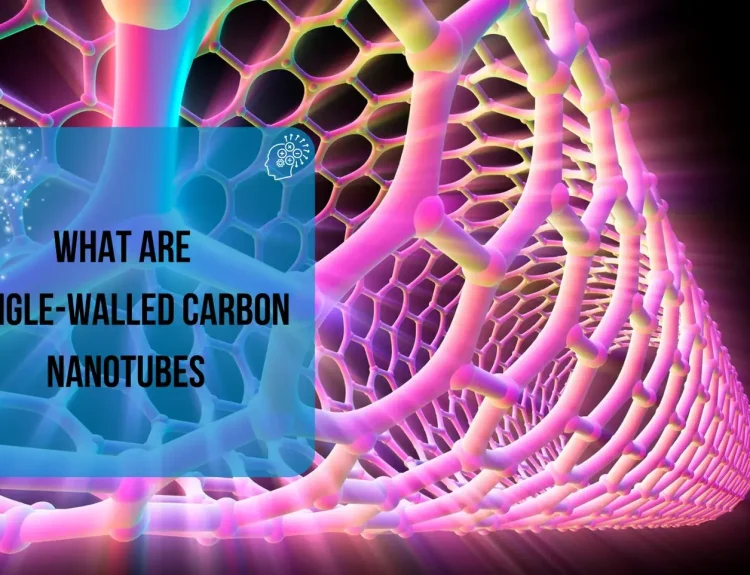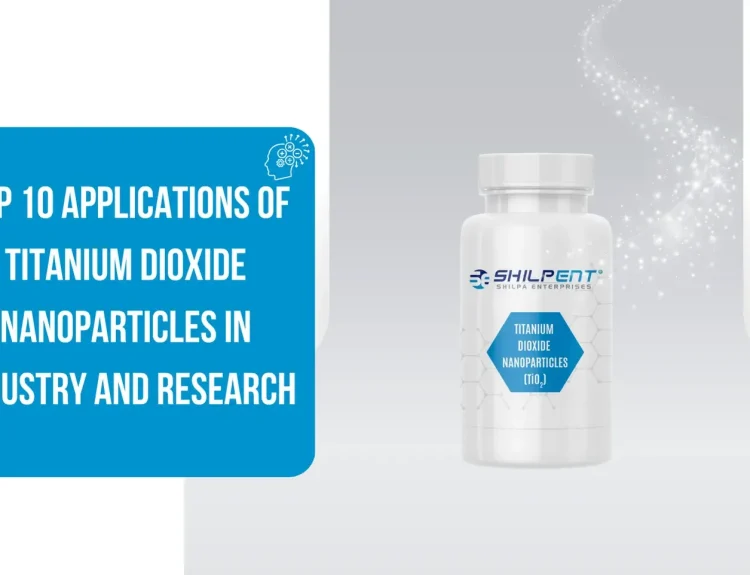Reduced Graphene Oxide (rGO) is a material that comes from graphene oxide but has been treated to remove some of its oxygen content. This makes rGO closer to pure graphene in terms of its properties. Two critical aspects of rGO are its particle size and material form, which influence how it behaves in different applications. Let’s break them down in simple terms.
Particle Size of Reduced Graphene Oxide
- What is particle size? Particle size is the size of individual particles or flakes of rGO. This size can vary based on how the rGO is made or processed.
- Typical size range: Reduced graphene oxide particle size usually ranges from a few nanometers (nm) to a few micrometers (µm).
- Why particle size matters: Smaller particles (nanometer scale) have more surface area than their volume, making them very reactive and helpful in applications like energy storage (batteries, supercapacitors) and sensors. Larger particles (micrometer scale) may be easier to handle and are often used in composite materials, where strength and structure are more critical than reactivity.
Leading Reduced Graphene Oxide suppliers companies
Material Form of Reduced Graphene Oxide
- What is material form? The material form refers to how rGO is available—whether in powder form, as a thin film, or suspended in a solution.
Common Forms of rGO:
Powder Form:
-
- What it is: Reduced graphene oxide is often available as a dry, black powder. The particles in the powder can be tiny flakes of rGO.
-
- Why it’s useful: The powder form is easy to mix with other materials. For instance, you can add rGO powder to polymers to make stronger, conductive plastics. It’s also used in making conductive inks or coatings, where rGO enhances electrical properties.
Thin Film Form:
-
- What it is: In this form, rGO is spread out into a very thin layer, often just a few atoms thick. This thin film can be placed on surfaces like glass or other materials.
-
- Why it’s useful: Thin films of rGO are essential in electronics, especially for making sensors, transistors, and transparent conductive coatings. These films are lightweight and flexible, making them ideal for modern electronics.
Suspension/Dispersion Form:
-
- What it is: rGO can also be mixed in liquids (usually water or organic solvents) to form a suspension. The tiny rGO particles float in the liquid, making it easier to spread or apply.
-
- Why it’s useful: This form is excellent for creating uniform coatings or for applications where you need to apply rGO in a controlled manner, like spray coatings, inkjet printing, or 3D printing.
Why Particle Size and Material Form Matter
For Particle Size:
-
- Smaller particles increase the surface area, which means more area for reactions, making them useful in applications like catalysts and sensors.
-
- Larger particles are often better for structural strength and are easier to handle when creating composites or bulk materials.
For Material Form:
-
- Powder form allows flexibility when mixing with other materials.
-
- Thin films are crucial for electronics and energy storage devices.
-
- Suspensions make applying rGO in a controlled and even way on different surfaces easier.
Conclusion
The particle size and material form of reduced graphene oxide is important in determining how it can be used. Smaller particles with a large surface area are great for high-performance applications, while larger particles may be suited for structural materials. Whether in powder, thin film, or suspension form, rGO offers flexibility in its use across many fields, from electronics to energy and materials science.


